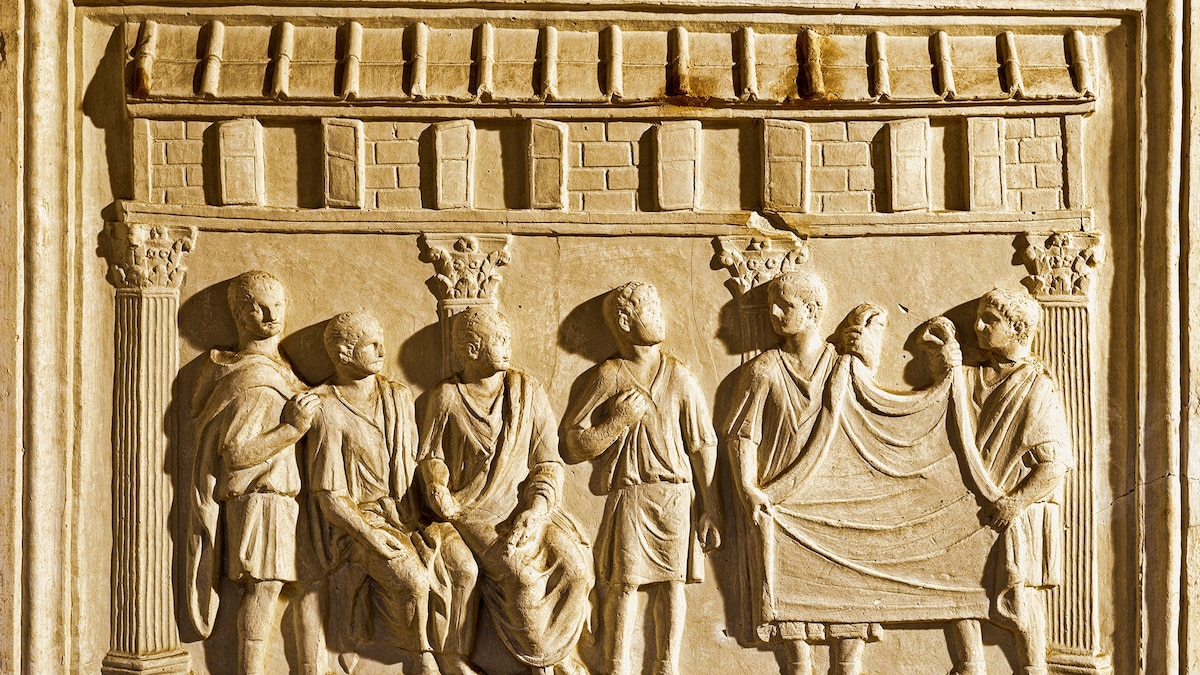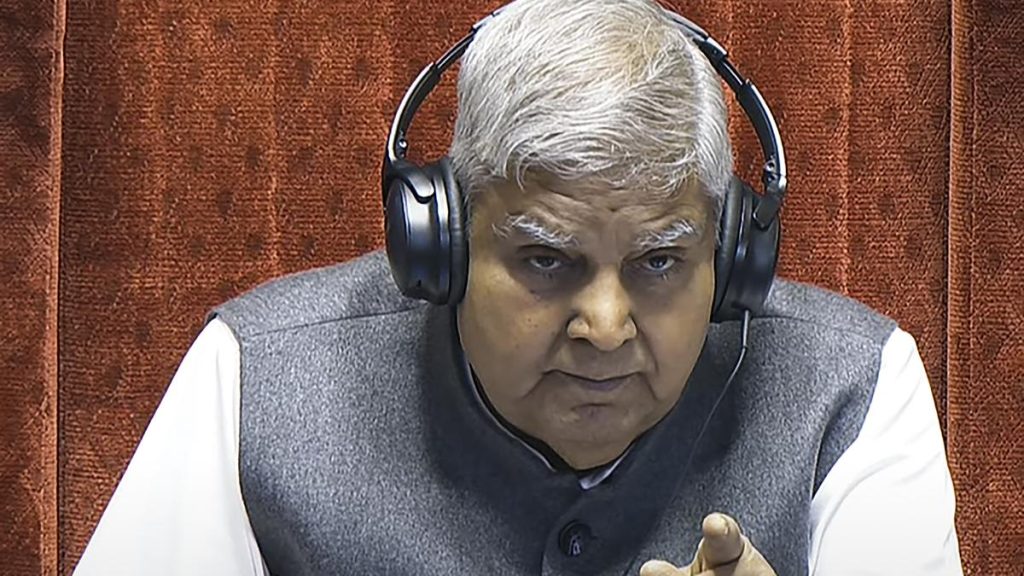Now Reading: How Rome’s Desire for Silk Sparked the Rise of the Silk Roads
1
-
01
How Rome’s Desire for Silk Sparked the Rise of the Silk Roads
How Rome’s Desire for Silk Sparked the Rise of the Silk Roads

Swift Summary
- In 166 A.D., Chinese records documented the arrival of Roman ambassadors at the court of Luoyang, marking the first direct contact between Rome adn China.
- The visitors brought items like ivory and rhinoceros horns, raising skepticism about their authenticity as Roman emissaries.
- Maritime and overland trade routes linked diverse regions across Asia, Europe, and Africa through the Silk Roads network.
- Indian sailor shipwrecked in Alexandria revealed monsoon wind patterns to Greeks, enabling faster sea trading routes from Egypt to India. Explorer Eudoxus successfully traversed these routes during Ptolemaic Egypt’s reign.
- Ancient Indian ports like Muziris (Kerala),Barygaza (Gujarat),and Poduke (Puducherry) were major hubs connecting Rome with India via commerce in spices,ivory,pearls,silk,etc. temple dedicated to Emperor Augustus found at Muziris indicates cultural interaction between civilizations.
- Overland traders faced challenges such as intermediary control by Parthians but connected Central Asian cities like Balkh to Western markets through Silk Road segments.
Indian opinion Analysis
The historical account highlights India’s strategic significance in ancient global trade systems due to its role as an essential node along maritime Silk Roads connecting Asia with Mediterranean economies like Rome’s empire.INdian
Stay Informed With the Latest & Most Important News
Previous Post
Next Post
Loading Next Post...

























